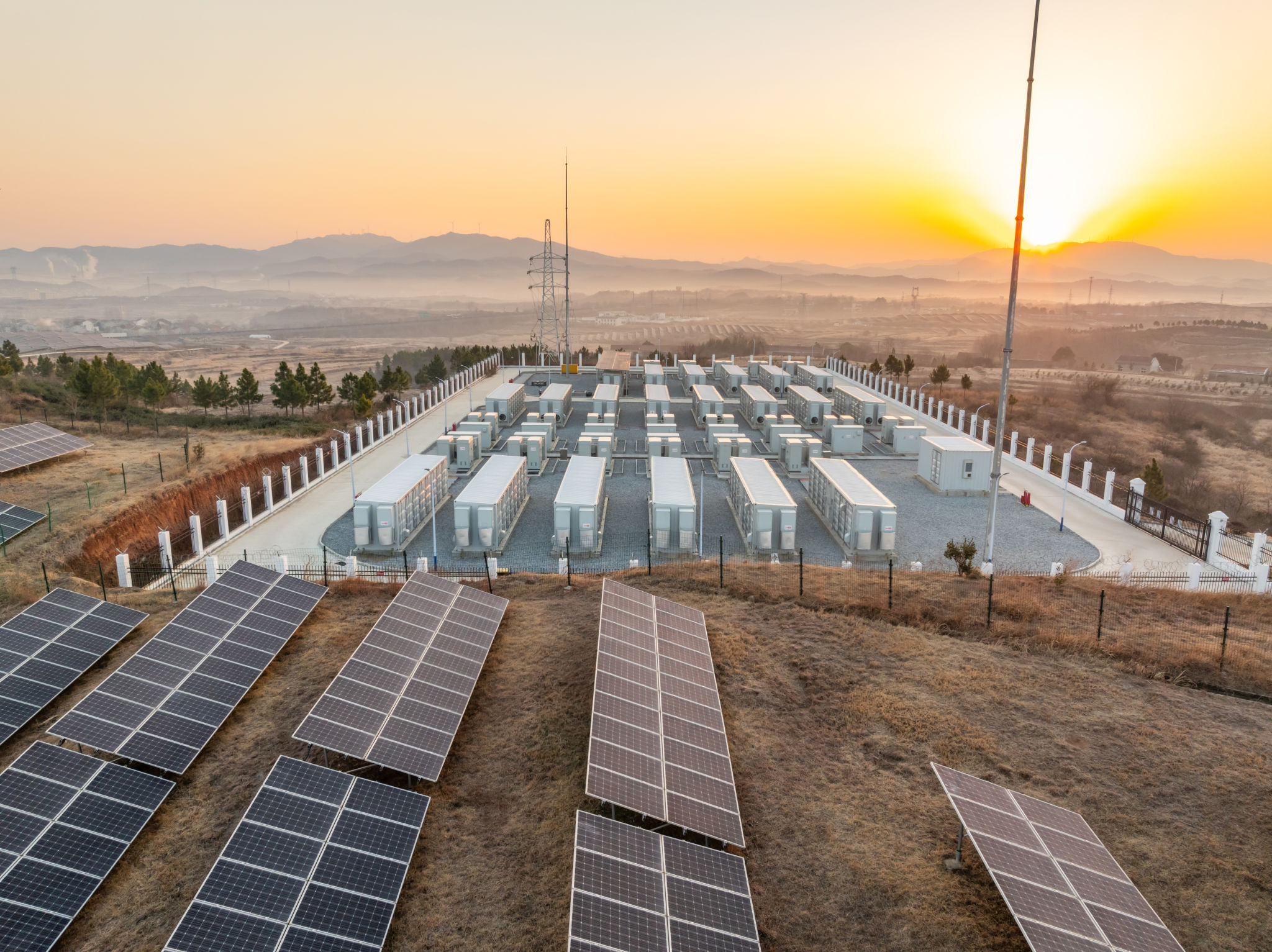Debunking Myths: Graphene Oxide's Potential in Energy Generation
Understanding Graphene Oxide
Graphene oxide has been a buzzword in scientific communities, especially concerning its potential in energy generation. As a derivative of graphene, this material exhibits unique properties that could revolutionize the energy sector. However, misconceptions about its capabilities and applications often arise. This blog aims to debunk these myths and highlight graphene oxide's true potential in energy generation.
Graphene oxide is essentially a single-atomic-layered material made by the oxidation of graphite. It maintains some of the remarkable properties of graphene, such as high electrical conductivity and mechanical strength, but introduces new functionalities like enhanced solubility and chemical reactivity. These attributes make it an intriguing candidate for various applications, including energy generation.

Myth 1: Graphene Oxide is the Same as Graphene
A common misconception is that graphene oxide and graphene are identical. While they share a similar structure, their properties differ significantly due to the presence of oxygen functional groups in graphene oxide. These groups enable it to disperse in water and other solvents, allowing for easier manipulation in various applications, especially in creating composites and coatings for energy devices.
In energy applications, the distinction between the two is crucial. Graphene oxide can be reduced to form reduced graphene oxide (rGO), which regains some properties of graphene while retaining others from its oxidized form. This versatility makes graphene oxide a valuable component in energy storage solutions, such as supercapacitors and batteries.
Myth 2: Graphene Oxide is Ineffective in Energy Storage
Another myth is that graphene oxide is ineffective in energy storage compared to traditional materials. This couldn't be further from the truth. The ability of graphene oxide to be reduced allows it to act as a conductive material with a large surface area, which is ideal for energy storage devices. Its high surface area facilitates the storage of large amounts of charge, making it a promising material for supercapacitors.

Moreover, when used in lithium-ion batteries, graphene oxide can improve battery life and efficiency. It can enhance the capacity and rate capability of these batteries due to its excellent conductivity and flexibility. This results in batteries that charge faster and last longer, addressing one of the major limitations of current battery technology.
Myth 3: Graphene Oxide Production is Not Sustainable
Sustainability concerns have also been raised regarding the production of graphene oxide. Critics often claim that its production is not environmentally friendly. However, advancements in production methods are continually improving the sustainability of graphene oxide manufacturing. Techniques such as chemical vapor deposition (CVD) and liquid-phase exfoliation have been optimized to minimize environmental impact.
Furthermore, researchers are focusing on using renewable resources and green chemistry approaches to produce graphene oxide, significantly reducing the carbon footprint compared to conventional methods. As these techniques evolve, graphene oxide production is becoming increasingly sustainable, supporting its role in future energy solutions.

The Future of Energy with Graphene Oxide
The potential of graphene oxide in energy generation is immense, but understanding its true capabilities requires debunking myths and focusing on factual evidence. As research progresses, it is becoming clearer that graphene oxide can play a pivotal role in developing more efficient, cost-effective, and sustainable energy technologies.
Graphene oxide's versatility and unique properties position it as a key material for future innovations in energy storage and generation. By continuing to explore its applications and improving production methods, we are paving the way for a cleaner, more efficient energy landscape.
